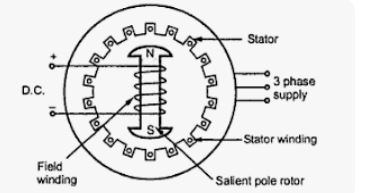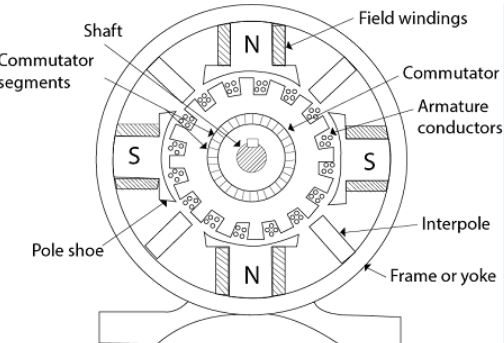Potential Transformer MCQ || Voltage Transformer Questions and Answers
1. Potential transformers are used for measurement of _____voltages by means of _____ range voltmeters. High, Low Low, High High, High Low, Low 2. The Primary MMF is least affected by the secondary terminal condition in a Power Transformer Potential Transformer Current Transformer Distribution Transformer 3. What is the effect of increasing secondary …
Potential Transformer MCQ || Voltage Transformer Questions and Answers Read More »


